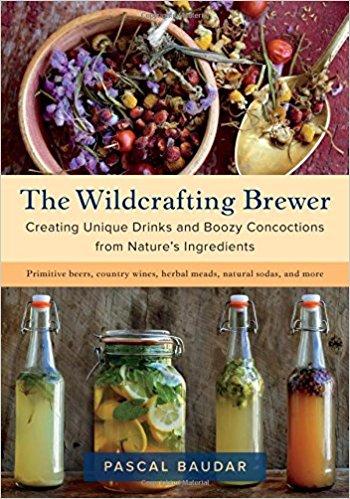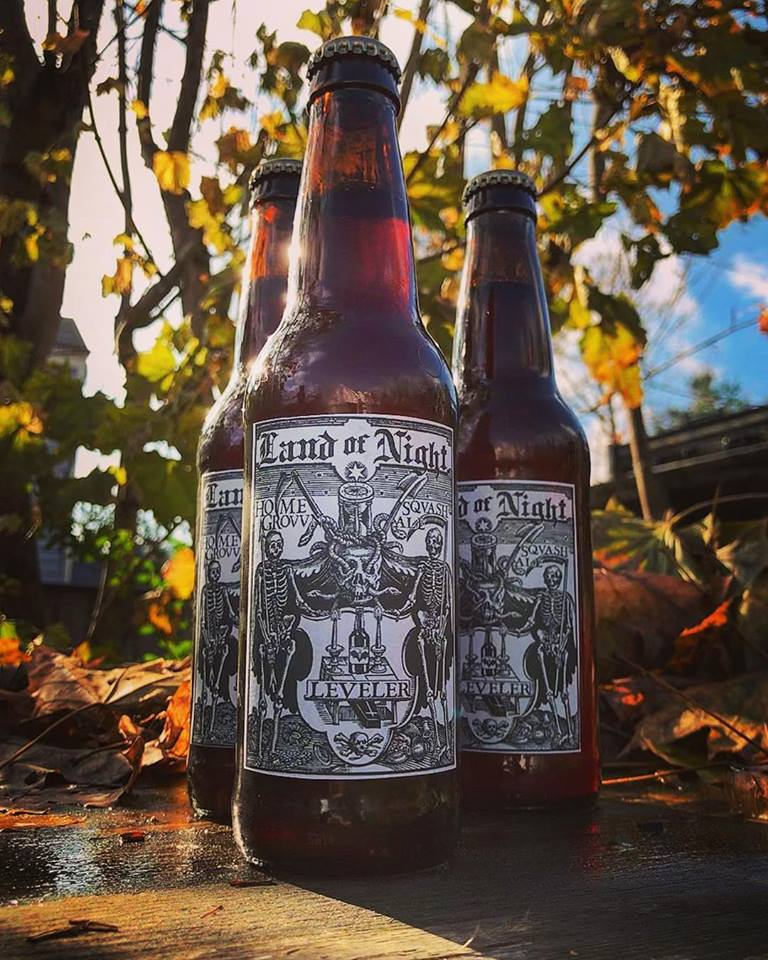
 4
4





 2
2









 1
1
















 4
4




 1
1




 2
2




-Nathanael
 1
1




Nathanael Szobody wrote:I give this book 10 out of 10 acorns. Is that allowed? I was going to give it 9, but then I couldn't think of a single way it could be improved.
Nathanael Szobody wrote:It's not about how to make a good beer or a good wine, but about bringing together whatever you have around you and guiding the natural processes of fermentation to produce true terroir.

"Rise free from care before the dawn, and seek adventures." ―HDT




Bud Mino wrote:
Story time: there were two old d'anjou pear trees on my parent's property when I was a kid.
Thankfully they are still there, along with my parents. Last year I made pear wine with them for the first time. Five gallons.
To my delight, brewing with what was around happened to result in quite a good wine.
-Nathanael
 3
3




Nathanael Szobody wrote:Last year I had some pineapple rinds I was about the throw out. Instead I boiled them up and added sugar to taste. Then fermented. Then I stuck them in the shed and forgot about them until last week. It tastes something like a fortified wine and a bit rhumy--and the best part is my wife likes it!
Nathanael Szobody wrote:One of the things I learned in this book is to cultivate wild yeast. Last month I got some pretty good yeast from papaya blossoms and made a grapefruit rind guiddem spice wine.

"Rise free from care before the dawn, and seek adventures." ―HDT
 1
1




—
Sim




“All good things are wild, and free.” Henry David Thoreau




Bud Mino wrote:
My most unique brew so far was butternut squash ale. I grew so much squash I had to get creative.
“Uncertainty is an uncomfortable position. But certainty is an absurd one.”
― Voltaire
 3
3




“Uncertainty is an uncomfortable position. But certainty is an absurd one.”
― Voltaire
 2
2




Lana Weldon wrote:wow... this is exactly what I has been wanting to do... I have been thinking for a long time how to brew beverages without use of grains (i love fruits, herbs, berries and honey) and, with natural yeasts... Do I need really to buy the book, or is there some kind soul out there who could just briefly tell how to find/use natural yeast...?
Thanks for any kind of input
Halley 
P.S. "Whenever" = "We Never"

|
Hot dog! An advertiser loves us THIS much:
Permaculture Pond Masterclass with Ben Falk
https://permies.com/t/276849/Permaculture-Pond-Masterclass-Ben-Falk
|






